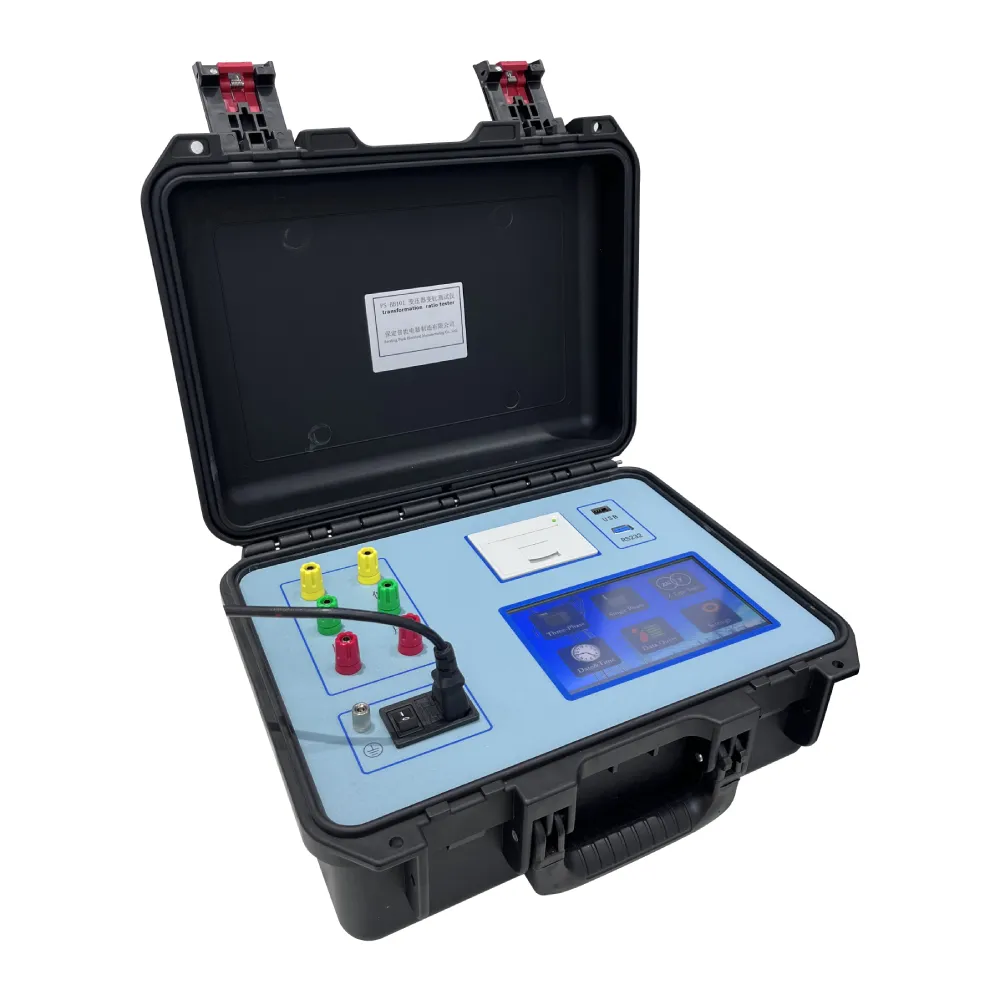 English
English


Measuring Transformer Voltage and Its Impact on Electrical Systems
Understanding Transformer Voltage Measurement
Transformers are essential components in electrical systems, facilitating the transmission and distribution of electrical power. One of the critical aspects of transformer operation is the measurement of voltage, which ensures that the electrical energy is transformed efficiently and safely from one voltage level to another. This article explores the importance of measuring transformer voltage, methods used, and the implications for electrical systems.
Understanding Transformer Voltage Measurement
There are various methods for measuring transformer voltage, including the use of voltmeters, oscilloscopes, and specialized monitoring equipment. Each method has its advantages and use cases. For instance, analog voltmeters provide straightforward, real-time voltage readings, making them suitable for quick checks. On the other hand, digital oscilloscopes can capture transient voltage spikes, giving engineers deeper insight into voltage behavior over time. Advanced monitoring systems can even provide continuous voltage readings, alarm triggers for abnormal conditions, and data logging capabilities for further analysis.
measure transformer voltage

One common approach to voltage measurement in transformers involves using potential transformers (PTs). PTs are specific types of transformers designed to reduce high voltage to a lower, manageable level for metering purposes. This allows for accurate readings without risking damage to measuring instruments. The transformation ratio of a PT must be carefully selected based on the application's voltage levels to maintain accuracy and safety.
Aside from routine voltage measurement, it's essential to monitor the transformer's performance under various load conditions. The relationship between voltage, current, and impedance can affect the transformer's efficiency and lifespan. By regularly measuring voltage, engineers can discern whether the transformer operates within its designated specifications. Deviations from expected voltage levels could indicate potential failures, prompting further investigation before costly repairs or replacements are necessary.
In the context of grid reliability, voltage measurement becomes even more crucial. Power quality directly affects consumer appliances and industrial operations, making it essential to maintain voltage levels within specific thresholds. Utilities rely on accurate and real-time voltage data to manage grid demand, coordinate energy distribution, and maintain stability during unforeseen fluctuations.
In conclusion, measuring transformer voltage is a vital process in electrical engineering that ensures the efficiency, safety, and reliability of power systems. With a variety of measurement methods available, engineers have the tools needed to monitor transformer performance and respond swiftly to any irregularities. As the demand for reliable power continues to grow, the importance of precise voltage measurement in transformers will only increase, underscoring its role in modern electrical infrastructure.
-
Differences between open cup flash point tester and closed cup flash point testerNewsOct.31,2024
-
The Reliable Load Tap ChangerNewsOct.23,2024
-
The Essential Guide to Hipot TestersNewsOct.23,2024
-
The Digital Insulation TesterNewsOct.23,2024
-
The Best Earth Loop Impedance Tester for SaleNewsOct.23,2024
-
Tan Delta Tester--The Essential Tool for Electrical Insulation TestingNewsOct.23,2024





